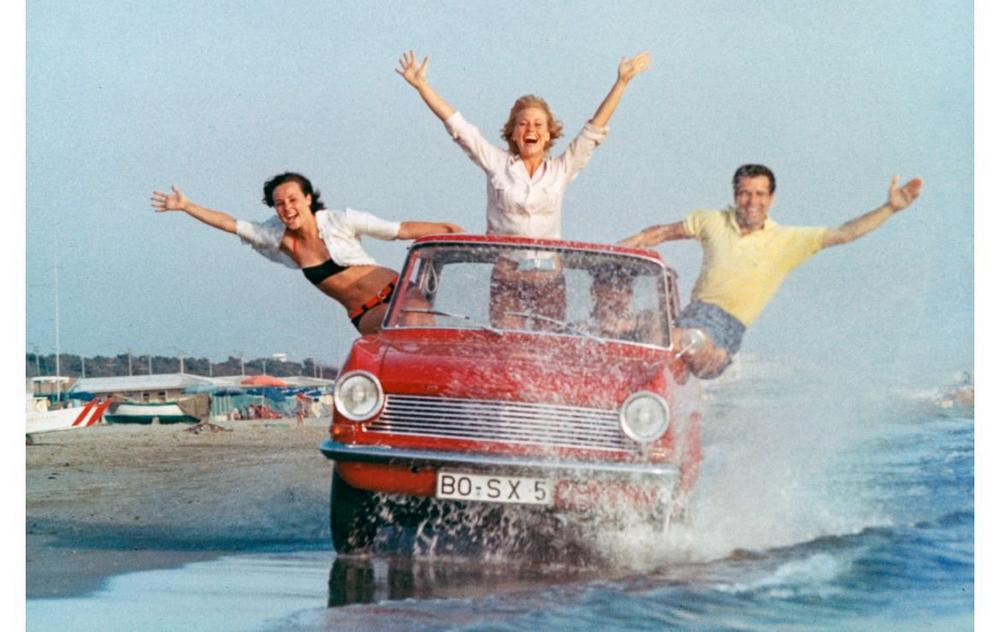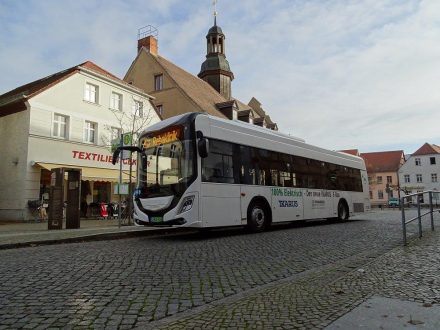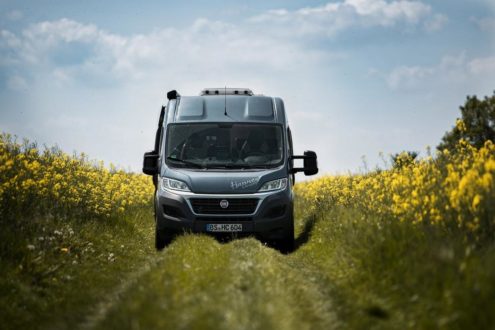
60 Years Ago: Opel Kadett A Jump Starts Modern Compact Class
- 1960s new edition of Opel bestseller with practical innovations
- Opel Kadett A powered German “Economic Miracle”
- Kadett A Caravan established tradition of Opel compact estates
- Almost 650,000 Kadett A cars produced from 1962 to 1965
- Sixth-generation Opel Astra opens new era in compact class
Opel was the first carmaker to put a family-friendly and above all affordable compact car on the market in 1936 – the Opel Kadett. With its unitary steel body and low weight it was a pioneer. However, the founder of the modern compact class was actually the Opel Kadett A of 1962. The big boot, space for four, lively engine and low running costs were the keys to success. Just the right car for the German “Economic Miracle”. Opel produced almost 650,000 units between 1962 and 1965.
Sixty years ago Opel – which this year celebrates its 160th anniversary – opened a new era with the Kadett A, just as the brand is doing again today with the sixth-generation Astra. The compact-class bestseller continues the Opel tradition of democratising innovations and is available electrified for the first time as a plug-in hybrid and in 2023 as a battery-electric vehicle. In addition, the new Astra five-door and Astra Sports Tourer offer state-of-the-art technologies, such as the adaptive, glare-free IntelliLux® Pixel Light with its 168 LED elements. The new Astra is also a design statement for the German brand – bold and pure with the new brand face, the Opel Vizor. Inside, the cockpit features the Pure Panel, an intuitive, fully digital human-machine interface of the newest generation.
Opel Kadett A: The car for the economic miracle
In the 1950s and ‘60s, Opel restructured its model range. During the period of the economic miracle, practical and affordable cars were in great demand. In 1962, Opel built a completely new production facility in Bochum especially for the Kadett A. The first unit rolled off the assembly line in October 1962.
The new Kadett was a prime example of lightweight construction. The saloon weighed just 670 kilograms, the Caravan, which followed shortly after, only 720 kg. In addition, the Kadett was extremely affordable; the price list started at 5,075 Deutsche Mark (DM). The engineers kept production as simple as possible. The body consisted of only 12 main parts; the side panels were made of a single sheet of steel. The Kadett A’s low maintenance costs were also due to its design. Thanks to maintenance-free joints in the suspension and steering, the car did not require any grease nipples. Service and spare parts costs were calculated with a fine-tooth comb. A 10,000-kilometre inspection, including materials, cost only about DM30.
Elegant, flexible, innovative – and comfortably ahead of the competition
The Kadett offered all the advantages that made a vehicle of the 1960s desirable. An elegant design, high flexibility as well as innovative technologies and practical features. The beltline was low, the large glass surfaces provided good visibility. The interior space amazed previous small-car drivers. Four people could travel in comfort.
In addition, the fuel filler cap was on the outside, an innovation that you would have looked for in vain from a certain other German manufacturer at the time. “You’ll never have the smell of petrol in the boot,” was the tongue-in-cheek greeting aimed in the direction of Wolfsburg. The spacious boot was thus reserved exclusively for luggage.
Front engine and rear-wheel drive: Fun to drive, neutral handling
With its modern, water-cooled front engine, the rear-wheel drive Kadett offered another design advantage over the Beetle. The 993 cc four-cylinder initially produced 40 hp and from 1963 also powered the new Kadett Caravan. The lively short-stroke engine impressed with its spontaneous power delivery and elasticity, enabling the Kadett to reach a maximum speed of 120 km/h. The 48-hp 1.0-litre S-engine, which was first used in the new coupé from 1963, even reached 130 km/h.
“The Kadett stays unusually well in its lane when cornering and on rough surfaces,” read a contemporary sales brochure. The balanced weight distribution and the new rear axle contributed to the neutral, safe handling.
A car as spacious as a minibus: The first Caravan
A significant advantage of the Kadett A generation was that an entire model family with saloon, coupé and estate could be built on the same platform. At the 1963 Geneva Motor Show, around six months after the saloon’s debut, Opel presented the Kadett A Caravan, the first German compact-class estate. A popular extra was the children’s bench seat facing the rear, enabling seating for up to six people. Opel quickly became the market leader in the segment. By the mid-1960s almost every second estate car in Germany was an Opel. Since then, a car like a van – i.e. “car-a-van” – has been part of every new Kadett and Astra generation.
Opel Automobile GmbH
Bahnhofsplatz
65423 Rüsselsheim
Telefon: +49 (6142) 7-70
Telefax: +49 (6142) 77-8409
http://de-media.opel.com/de
Telefon: +49 (6142) 6927466
E-Mail: leif.rohwedder@opel-vauxhall.com
![]()



